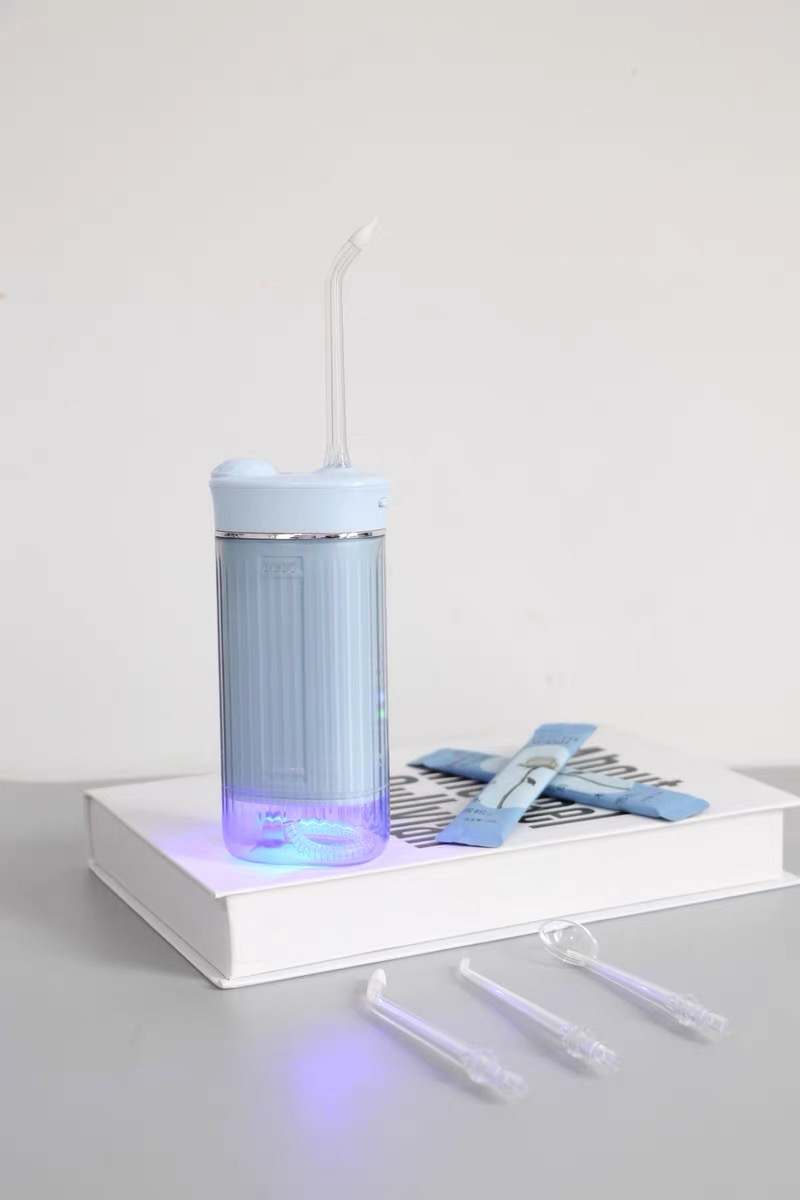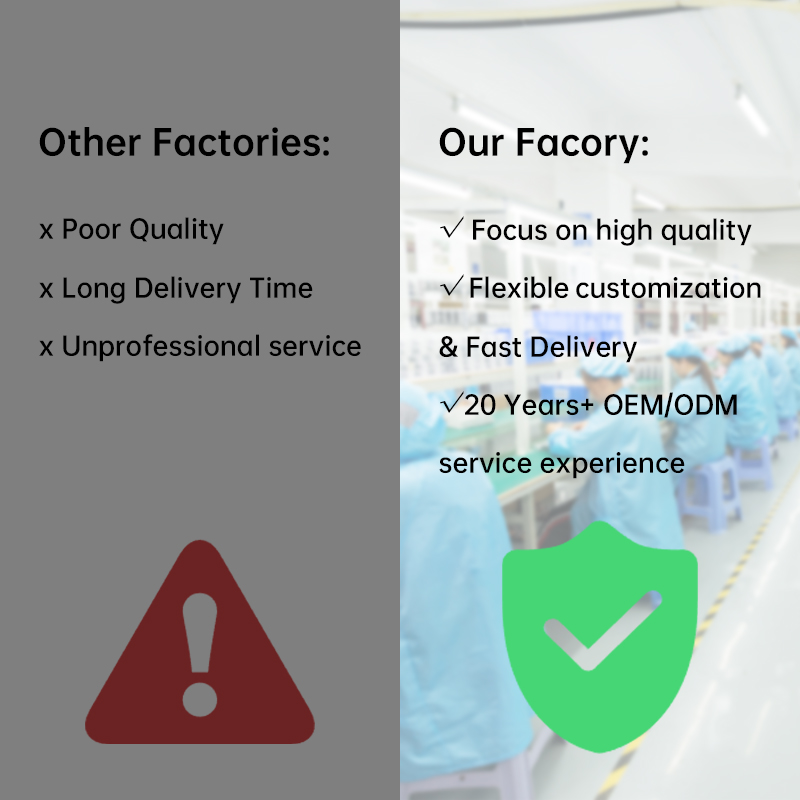For B2B manufacturers and OEM/ODM partners targeting coastal and island markets, the promise of a Hawaii saltwater toothbrush sounds appealing: a product engineered specifically to resist seawater corrosion and performance degradation. But does that specialization meaningfully outperform a well-designed Hawaii waterproof toothbrush in practice? The short answer: yes — in specific use cases and at a cost — provided the product is engineered end-to-end for the marine environment. Below are six focused dimensions that separate marketing from manufacturable reality.
First, define the scenarios where a saltwater-grade product wins. A Hawaii saltwater toothbrush is aimed at users who frequently expose the device to ocean spray, rinse with seawater, or use it on boats, surf trips, and waterfront resorts. Conversely, a Hawaii waterproof toothbrush (IPX7/IPX8 rated) is designed to survive splash and short immersion — typical bathroom use.
Therefore, manufacturers should only invest in full saltwater hardening when addressing:
In short, saltwater engineering is a vertical play with higher ASP and niche channels — not always needed for mass bathroom retail.
Next, materials choices drive whether the toothbrush will endure chloride-rich environments. Seawater accelerates pitting and galvanic corrosion, so a true Hawaii saltwater toothbrush requires:
By contrast, a typical Hawaii waterproof toothbrush might use standard stainless grades, nickel plating, and common elastomers — fine for bathrooms, but prone to quicker degradation when exposed to repeated seawater cycles.
Moreover, IP ratings measure ingress protection against water, but not against corrosion. For real saltwater resilience, manufacturers must add layers:
Thus, a Hawaii saltwater toothbrush combines IP-level water sealing with corrosion-grade protection across electronics and metal interfaces.
Furthermore, batteries and connectors are frequent failure points after salt exposure. Engineering choices include:
In practice, the Hawaii saltwater toothbrush should minimize any exposed metallic path between the battery and the outside world.
Likewise, qualification must reflect reality: standard IP immersion tests are necessary but insufficient. Saltwater validation should include:
Only with these tests will a manufacturer know whether the added saltwater measures actually deliver longer life and lower service costs.
Finally, the economics: saltwater hardening increases BOM, assembly complexity, and test time. Key commercial considerations:
Consequently, a Hawaii saltwater toothbrush can outperform a Hawaii waterproof toothbrush in targeted settings — but only when the business case supports the engineering investment.
A Hawaii saltwater toothbrush can indeed outperform a standard Hawaii waterproof toothbrush in coastal and marine scenarios — delivering longer life, fewer service calls, and better user satisfaction — but it requires end-to-end engineering and a commensurate commercial strategy. For B2B teams ready to evaluate this product line, start with this checklist:
If you’d like, I can draft a developer-grade spec (materials table, sealing architecture, test matrix, and a pilot launch plan) so your engineering and commercial teams can evaluate cost vs. lifetime benefit. Contact us
-1024x1024.jpg)
.jpg)
Is Your Water Flosser Leakage Due to Poor ESD Packaging?
.jpg)
How Brands Can Achieve Higher Margins with Premium Water Flossers

Can Reliable Water Flosser Component Suppliers Support Cordless Water Flosser Manufacturing?
How to Clean Dirty Ports and Seal Deterioration?

How to Establish a Stable Supply Chain for Oral Care Products? A Guide for Distributors

Can People Undergoing Orthodontic Treatment Use Home Teeth Whitening Products?
.jpg)
Can Chicago Black Friday deals cover Chicago toothbrush repair costs?

A Guide to Consumer Cognitive Education for Water Flosser Brands

Choosing Electric Toothbrush Handle Processes: An OEM Guide to Cost vs. Quality
.jpg)
Why is UV Sanitizing Toothbrush Technology Key to Advanced Bacteria Reduction Technology?
Teeth Whitener Moldflow & Anti-Mold Process: Ensuring Product Quality and Durability

What Impact Will the Differences in Materials and Workmanship of Electric Toothbrushes Have on Product Performance?
Blue Light Whitening Device Wholesale – OEM LED Whitening Systems for Global Brands
Motor Burnout Causing Nozzle Clogging?

Market Access Made Simple: Understanding Regulations for Your OEM Whitening Kits

The Secret of Cross-Border Brands: The Global Competitiveness of Chinese Electric Toothbrush Factories

electric toothbrush heads Ultra Soft

Private Label Whitening Gel

Customization Teeth Whitening Gel
.jpg)
Florida Electric Toothbrush – Powsmart PTR-C8

electric toothbrush heads Charcoal Infuse-Round

electric toothbrush heads Regular Clean

electric toothbrush heads Deep Clean

Electric toothbrush heads Charcoal Infused-Diamond
whstapp
whstapp
National Toll-Free Service Hotline
+86 755 86238638